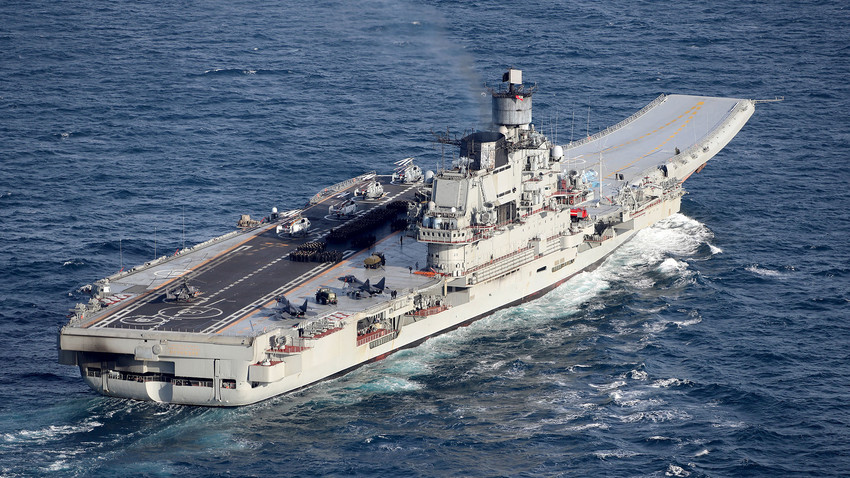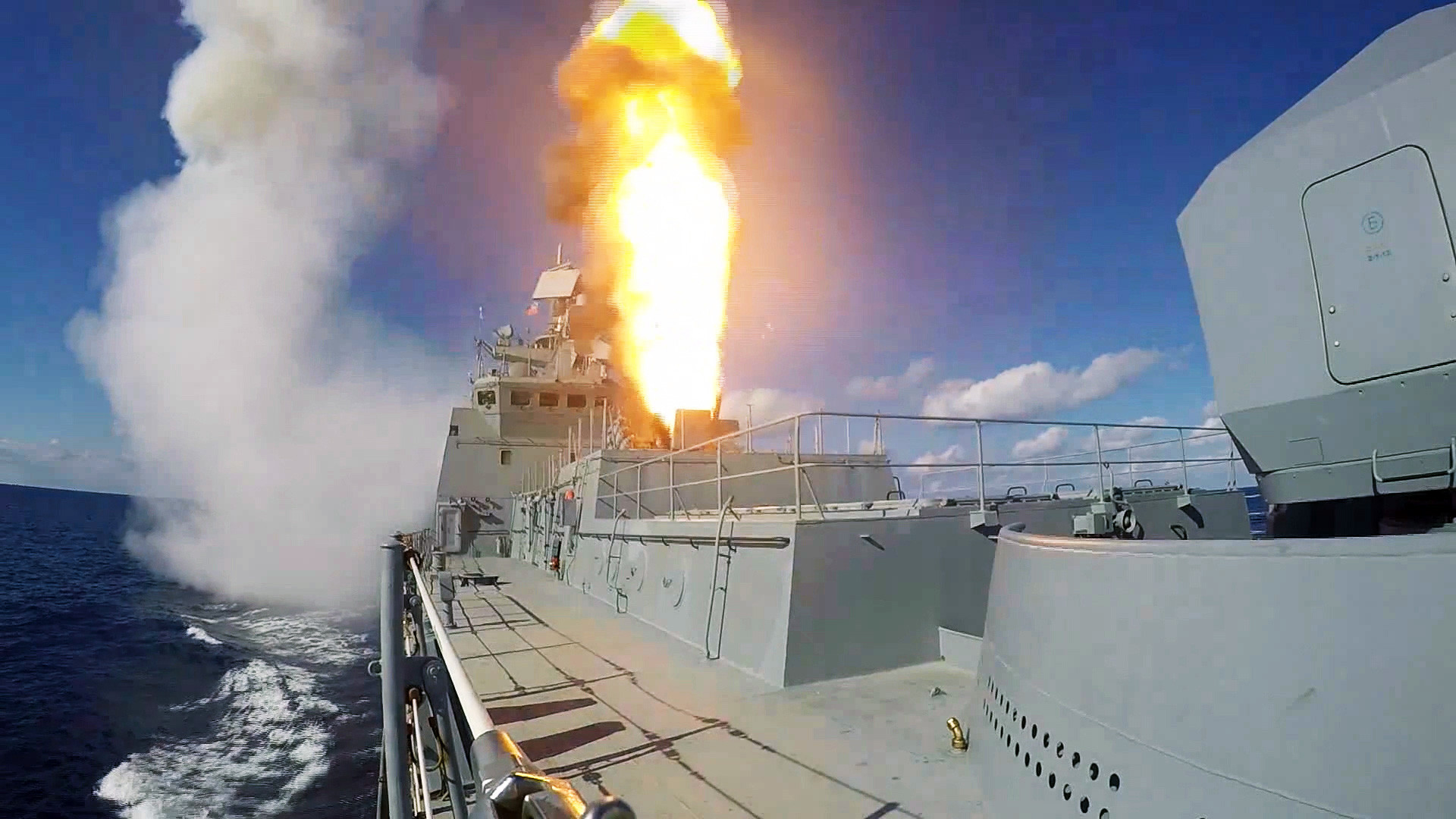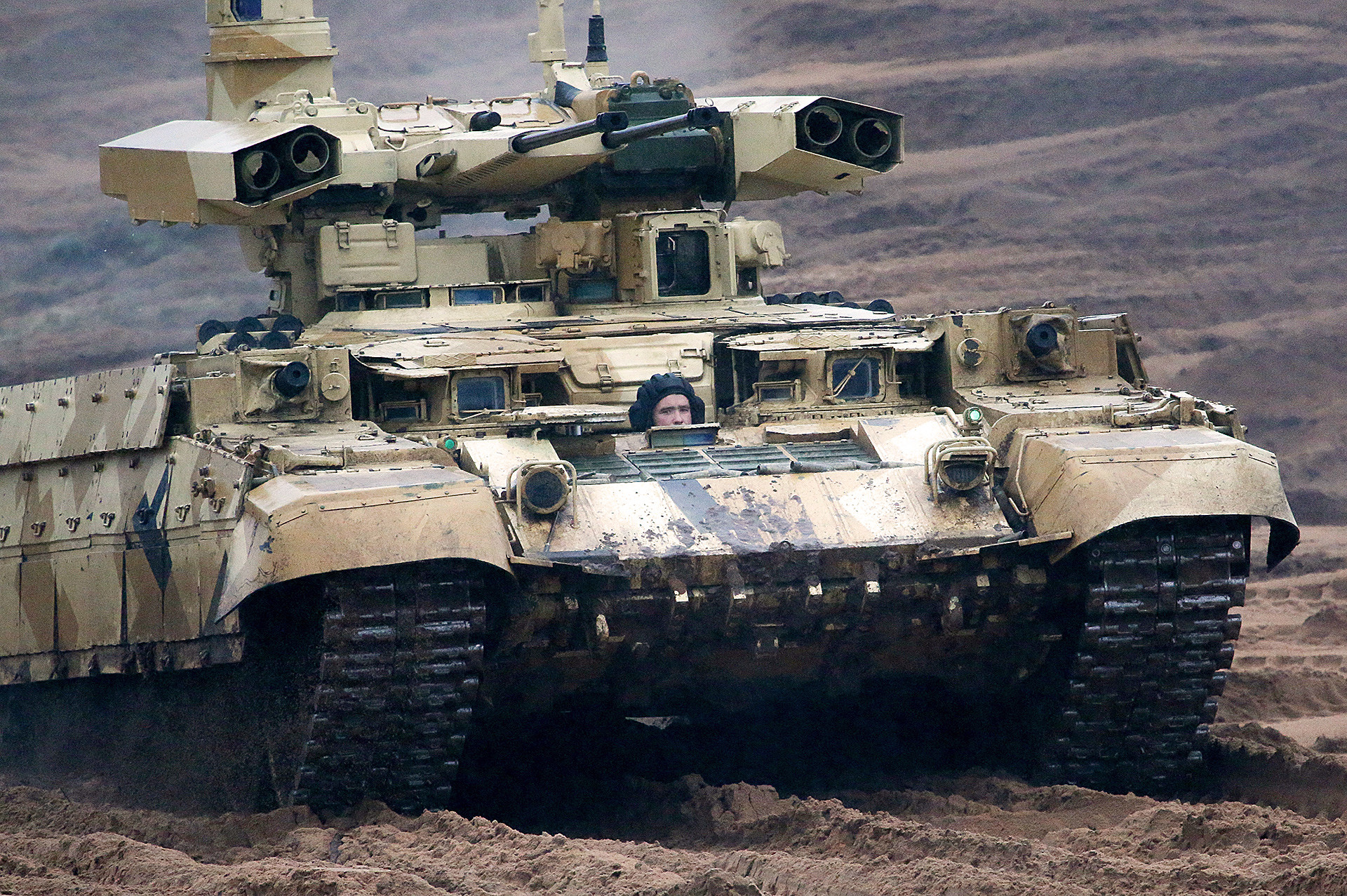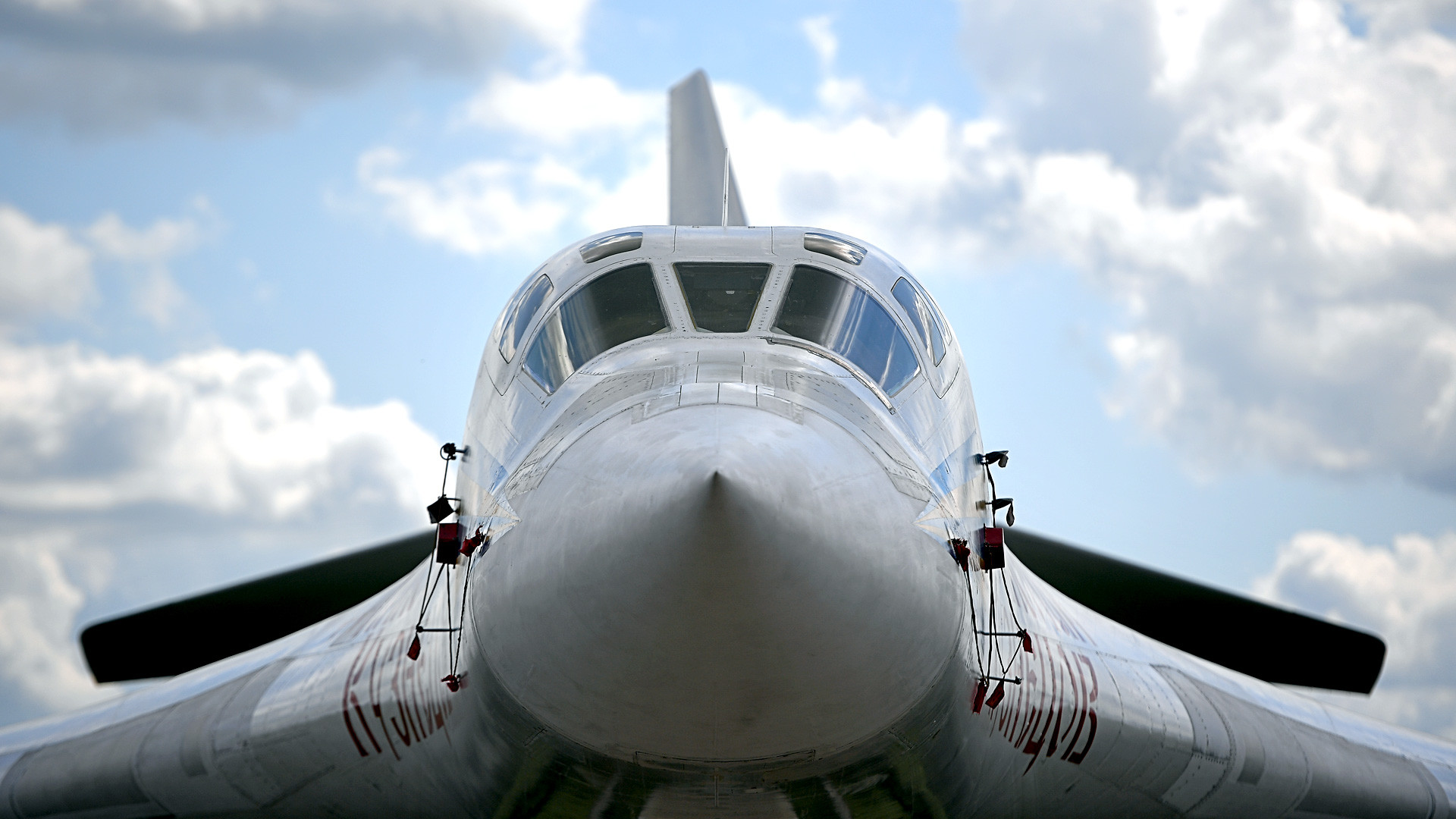4 of Russia’s most dangerous military weapons

Russian heavy aircraft cruiser Admiral Kuznetsov.
RIA NovostiKalibr cruise missile

Admiral Grigorovich patrol ship is for the first time involved in the military operation in Syria
TASSThe capability of these new cruise missiles was shown to the world for the first time in 2015 during Russia’s Syrian
Kalibr cruise missiles fly close to the ground, skirting the terrain at supersonic speeds. This makes it very hard for enemy defense systems to shoot them down, not to mention terrorists only equipped with artillery and portable anti-aircraft missile systems.
The projectiles are loaded with
Admiral Kuznetsov aircraft carrier

Russian heavy aircraft cruiser Admiral Kuznetsov.
RIA NovostiA true heavyweight of the Russian military and the only aircraft carrier in service in the country’s Navy. It can carry up to 50 aircraft. This monster was used for the first time in its 35-year history during the operation in Syria, where it spent three months in late 2016 fighting terrorist groups.
At this moment, the vessel is being repaired in Russian docks at a cost of 40 billion rubles ($708 million). It’s outdated Soviet-era Granit missile system
Manufacturers will also have to deal with take-off and landing issues after the flagman lost two jets due to problems with the ship’s flight deck. Its aircraft group will still be comprised of MiG-29K/KUB and Su-33 fighter jets.
‘Terminators’ of the Russian Army

A BMPT-72 (Terminator 2) heavy infantry fighting vehicle in Zapad 2017, a joint military exercise by the armed forces of Russia and Belarus at Luzhsky.
Anton Novoderezhkin/TASSThese tank support units for close urban combat were also baptized in battles with terrorists in Syria.
They carry up to four 9M120 Ataka missile launchers, two 30 mm 2A42 autocannons, two AG-17D grenade launchers, and one coaxial 7.62 mm PKTM machine gun - a pretty solid kit for an armored fighting vehicle created to flank T-14 Armata tanks.
The second version of the battle machine is not beefed up with as many weapons as its predecessor - it can only take down one target instead of
The White Swan

A Tupolev Tu-160 supersonic heavy strategic bomber at the International Aviation and Space Salon MAKS-2017 in Zhukovsky.
Eugene Odinokov/RIA NovostiThe Tu-160M2 was dubbed “The White Swan” for its elegant wings and long white fuselage and pointy beak.
Today it’s Russia’s biggest aircraft bomber and can carry up to 40 tons of guided and unguided bombs and missiles. It can also drop nuclear warheads.
The plane can eliminate targets far beyond the reach of air defense systems with its new Kh-101 and Kh-555 cruise
Despite this, in 15 years it will be changed with a new era strategic bomber - the PAK DA. According to its manufacturers, it will be able
If using any of Russia Beyond's content, partly or in full, always provide an active hyperlink to the original material.
Subscribe
to our newsletter!
Get the week's best stories straight to your inbox